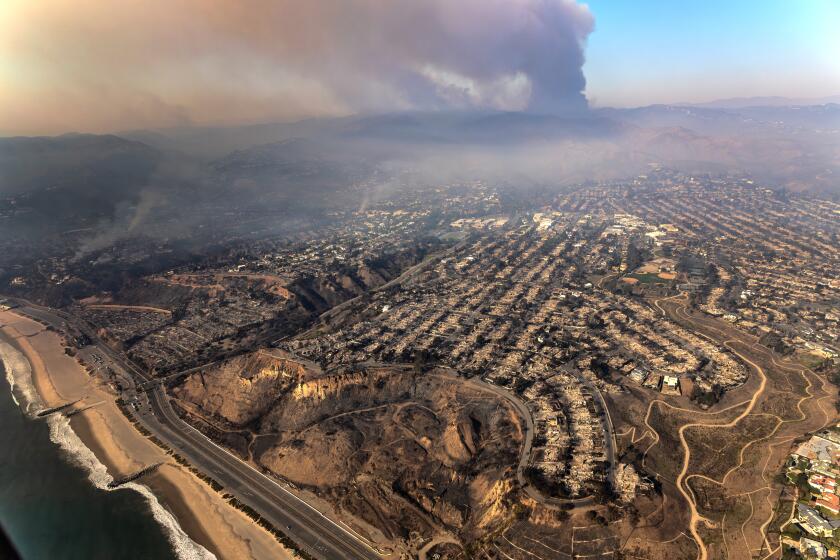I, [Customer Name], hereby authorize Pigybak to include my name, phone number, and address in their database. I also opt-in to receive notifications about upcoming services in my area. I validate that the information provided is accurate and represents my personal information, not others.
By providing this authorization, I understand and agree to the following terms:
Profile Setup:
I authorize Pigybak to set up a profile on my behalf, which may include my name, phone number, and address.
Notification Opt-In:
I consent to receiving notifications from Pigybak about upcoming services in my area via text message.
Opt-Out Option:
I acknowledge that I have the option to opt out of receiving notifications at any time. I can do so by directly contacting the contractor or managing my preferences in the Pigybak app.
Contact Information Sharing:
I authorize Pigybak to share my contact information with the contracted service providers for the purpose of facilitating service delivery.
No Third-Party Sharing:
Pigybak agrees not to share my information with third parties without obtaining separate authorization from me.
Terms and Conditions Updates:
I understand that Pigybak may update the terms and conditions, and I agree to review them periodically for any changes.
Pigybak Mobile Application Terms:
I acknowledge that the standard terms and conditions of the Pigybak mobile application, which can be found at www.pigybak.com/privacy-policy, apply to this authorization.
I acknowledge that this authorization is voluntary, and I have read and understood the terms outlined above. By providing my information, I consent to the terms above.

